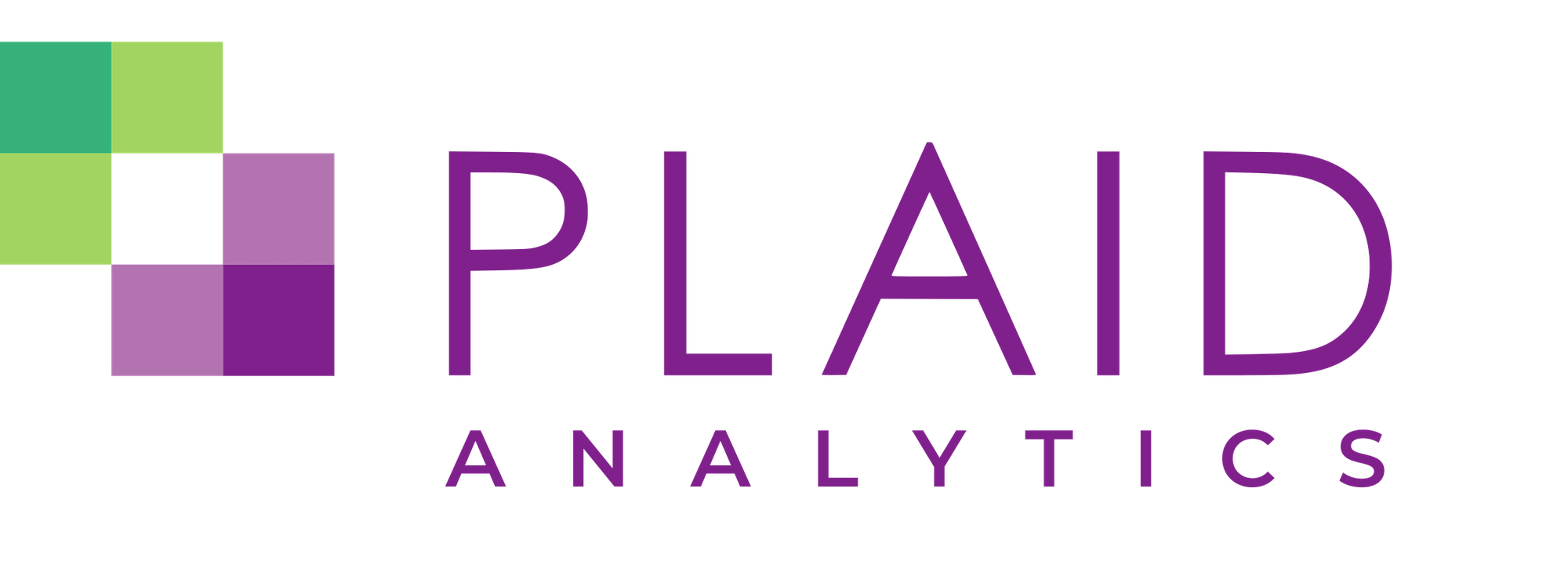Whether you’re setting ambitious enrolment targets, building a data-driven culture, or seeking a strategic partner to guide your analytics journey, Plaid Analytics delivers the tools and expertise you need to shape the future of your institution.
Plaid Forecast
Predictive Enrolment Forecasting for Higher Ed Leaders
Stay ahead of the curve with Plaid’s purpose-built forecasting platform—built for higher education leaders who need timely, accurate, and actionable enrolment and revenue projections.
- Align academic and financial planning teams
- Eliminate bottlenecks and manual processes
- Make confident, data-informed decisions
- Find the answers to commonly asked planning questions
- Full audit capabilities and collaborative features
~ Rob Brackenbury | Senior Manager, Postgraduate Medical Education Faculty of Medicine, The University of British Columbia
Integrate & Analyze: Unified Data Pipelines and Action-Inspiring Dashboards
Break down data silos and equip your teams with automated data storage solutions and real-time, interactive dashboards.
- Automated data integration from student information, communications, and learning management systems
- Automated data quality testing
- Strategic, tactical, and operational dashboards for strategic enrolment management
- Metrics to improve enrolment, equity, outcomes, and more
- Secure, role-based access for all stakeholders
- A single source of truth for institutional research, academic planning, and executive decision-making.
We work with many major third-party student information systems, data visualization tools, and your home-grown solutions.
~ Dr. Tara Hyland-Russell | Vice President Academic and Research, Northern Lights College
Professional Services
Solutions as Unique as Your Institution
Every institution is different. Plaid offers tailored consulting services to address your unique challenges, and we work with you to find a solution that meets your specific need and budget.
- One-off projects
- Supplemental support for short-term resource shortages
- Performing survey questionnaire and question mapping analysis
- Deep-dive research
- Small group training and onboarding to new tools
- Expert presentations and speaking engagements
- Private AI models
HESAxPlaid: Data with Purpose
Smart data. Strategic Action
Higher Education Strategy Associates (HESA) and Plaid Analytics are joining forces for a timely collaboration, combining deep sector strategy with advanced analytics. Each brings distinct strengths—HESA in strategy, policy and institutional advising, Plaid in data systems, automation and prediction—and together, we offer integrated trusted solutions that neither could deliver alone. We provide services such as data mapping, diagnostics, custom solutions, and strategic enrolment management support.
This joint venture is deliberately designed to meet the moment: helping postsecondary institutions navigate complexity with smarter tools, clearer insights, and more data informed decision-making.
Together we do this by:
- Identifying where data flows break down across the institution and who is impacted
- Understanding what local data stewards need to enable effective sharing and use
- Designing tailored interfaces and integrations that connect systems and support decision-making
- Embedding analytics within leadership frameworks to improve strategic enrolment management and student success
- Supporting executive teams to interpret and apply data and analytics to broader policy and planning contexts
Conducting strategic data reviews and institutional mapping exercises help ensure that leaders have access to the right data, in the right form, at the right time to enable more informed, timely, and confident decision-making.
Arrange an introductory conversation with us.

